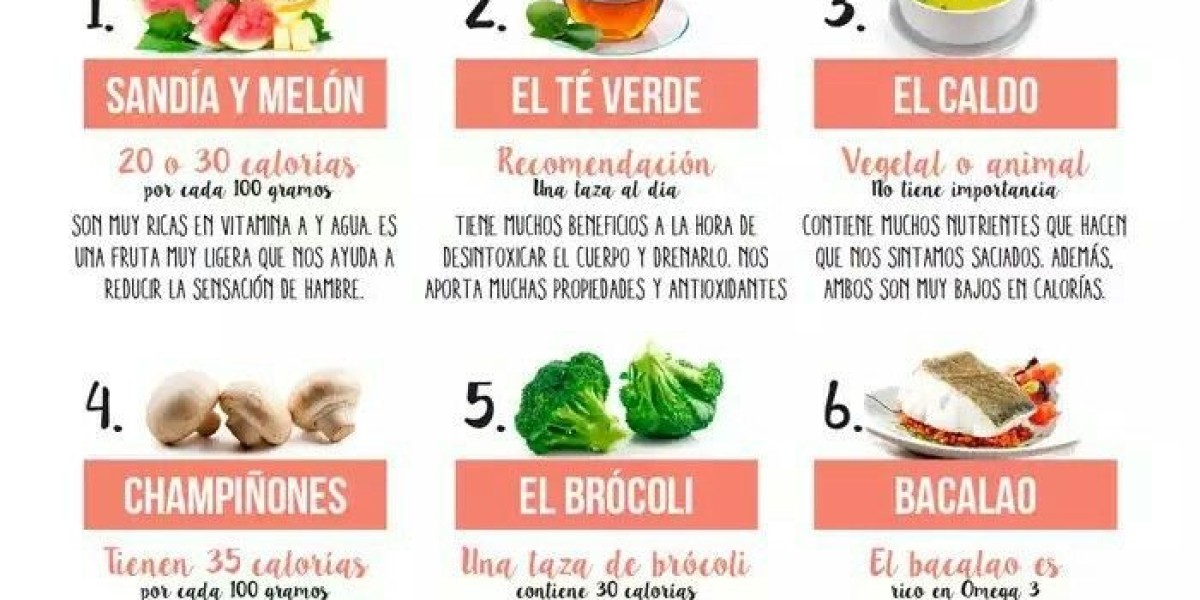Unlock the Secrets of Checkered Aluminum Plates: Discover Their Versatile Properties and Applications!
Checkered aluminum plates, often recognized for their distinctive raised pattern, are not just visually appealing but also play a vital role in numerous industries. These plates are engineered to provide enhanced grip and durability, making them ideal for applications requiring strength and safety. This article aims to delve into the fascinating world of checkered aluminum plates, exploring their unique properties, diverse applications, and essential specifications. By the end, readers will have a comprehensive understanding of why these plates are a preferred choice in construction, automotive, and other sectors.
Understanding Checkered Aluminum Plates
Checkered aluminum plates are flat sheets of aluminum that feature a raised diamond or linear pattern on one side. This unique design is not merely for aesthetics; it serves practical purposes such as improving traction and reducing the risk of slippage. Typically made from aluminum alloys, these plates combine lightweight characteristics with impressive strength. The manufacturing process involves rolling the aluminum sheets through a patterned roller, which imprints the checkered design. This process not only creates the pattern but also enhances the structural integrity of the plates, making them more resilient against physical stress and environmental factors.
Properties of Checkered Aluminum Plates
One of the most notable properties of checkered aluminum plates is their durability. Aluminum itself is known for its strength-to-weight ratio, allowing these plates to withstand heavy loads without adding excessive weight. Additionally, they exhibit excellent corrosion resistance, making them suitable for both indoor and outdoor applications. This resistance is particularly beneficial in environments exposed to moisture or chemicals, such as marine settings. Another essential property is slip resistance; the raised pattern on the surface provides enhanced grip, which is crucial in areas where safety is paramount, such as walkways, stairs, and vehicle floors. Furthermore, their lightweight nature contributes to ease of installation and handling, which is a significant advantage in construction and manufacturing processes.
Applications of Checkered Aluminum Plates
Checkered aluminum plates find applications across a multitude of industries, showcasing their versatility. In the construction sector, they are commonly used for walkways, stair treads, and platforms, providing safety and stability in high-traffic areas. For instance, a friend of mine who works in construction shared how they have relied on these plates for a recent project involving outdoor scaffolding, where slip resistance was crucial. In the automotive industry, these plates are utilized in the manufacturing of truck beds and flooring for vehicles, adding an element of safety and durability. The marine industry also benefits from checkered aluminum plates, which are used in boat decks and ramps due to their resistance to corrosion and lightweight properties. Each application highlights the unique advantages these plates offer and underscores their importance in ensuring safety and efficiency.
Specifications and Standards
When it comes to checkered aluminum plates, adhering to specific industry standards and specifications is vital for ensuring quality and performance. Common specifications include varying thicknesses, typically ranging from 1.5mm to 6mm, and sizes that can be customized based on project requirements. The aluminum grades used for these plates, such as 5052 or 6061, are selected based on their strength and corrosion resistance properties. Understanding these specifications is crucial, as they determine the plate's suitability for particular applications. For instance, in environments where additional strength is required, a thicker plate may be necessary. Overall, compliance with industry standards ensures that checkered aluminum plates perform reliably across different uses, emphasizing safety and longevity.
Summary of Checkered Aluminum Plates
In summary, checkered aluminum plates are more than just functional materials; they embody a blend of strength, safety, and versatility that makes them invaluable across various industries. From their unique properties like durability and slip resistance to their wide-ranging applications in construction, automotive, and marine sectors, these plates are essential components in many projects. As you consider your future projects, keep in mind the benefits and properties of checkered aluminum plates, as they may very well be the solution you need for enhanced safety and performance.







